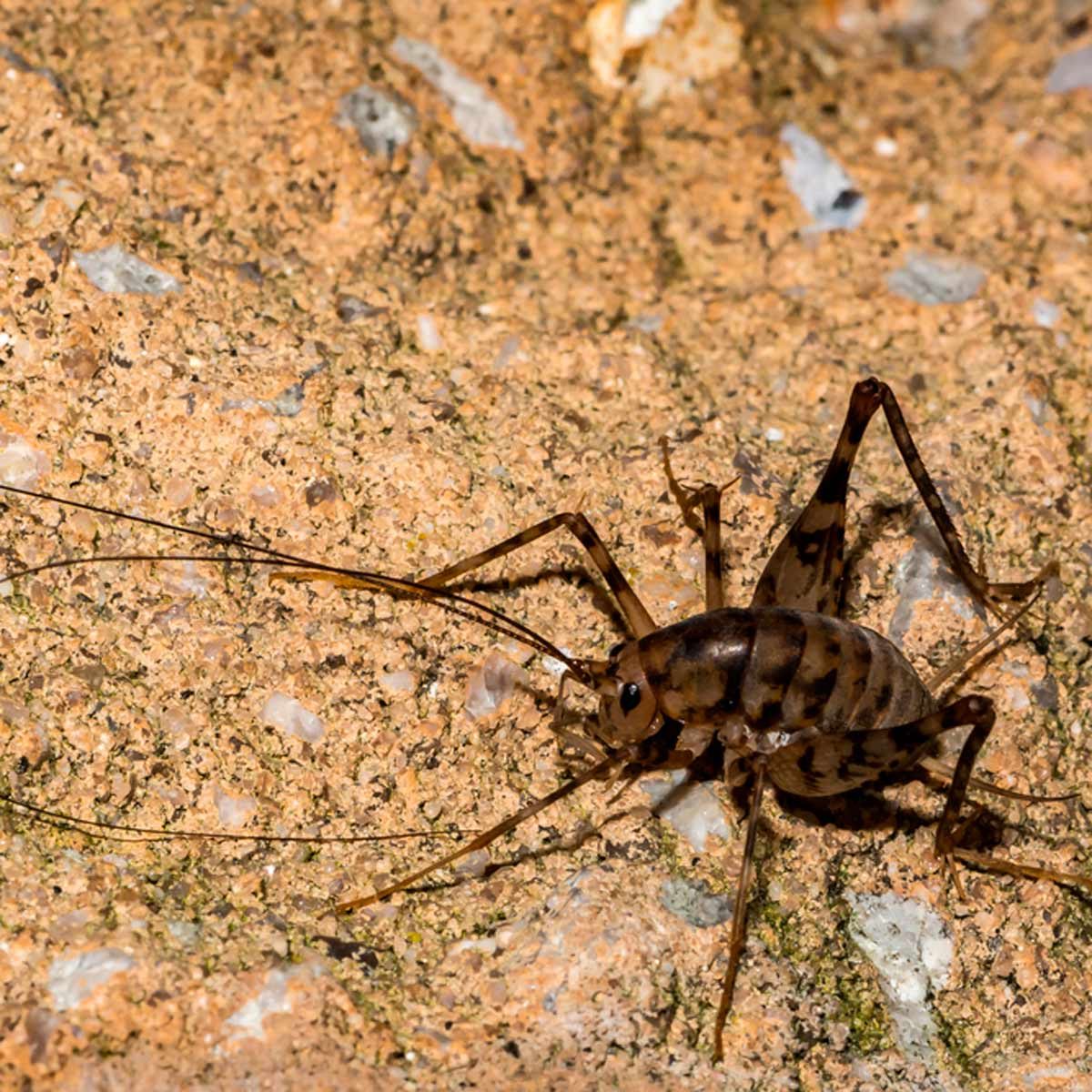Understanding the lifespan of crickets is essential for enthusiasts and researchers alike. These small yet fascinating insects play a significant role in our ecosystem, and their survival can be influenced by various factors. From environmental conditions to predation, crickets exhibit remarkable resilience in their quest for survival. As we delve deeper into the world of crickets, we will explore their lifespan, the factors affecting it, and how their unique adaptations contribute to their longevity. This article aims to provide a comprehensive overview of how long crickets survive and what influences their life expectancy.
Crickets are often found in gardens and fields, creating a symphony of chirps that many people associate with warm summer evenings. However, their survival is more than just a matter of sound; it involves a complex interplay of biology and environment. How long do crickets survive? This question leads us to investigate the different species of crickets, their life cycles, and the conditions that promote or hinder their survival.
In this article, we will answer key questions regarding the lifespan of crickets, explore their living conditions, and provide insights into how these creatures adapt to their surroundings. Join us as we uncover the secrets of cricket survival and gain a deeper appreciation for these incredible insects!
Read also:Analyzing Peyton Manning Stats For Football Enthusiasts
What is the Average Lifespan of Crickets?
Crickets typically have a lifespan ranging from 2 to 3 months, depending on the species and environmental conditions. Some factors that influence their lifespan include:
- Species type
- Temperature
- Availability of food
- Predation risk
In optimal conditions, such as a warm climate with ample food and minimal threats, crickets may live longer, while harsh environments can shorten their lifespan significantly.
How Do Different Species of Crickets Compare in Lifespan?
There are many species of crickets, and each has its unique lifespan. For example:
- Field Crickets (Gryllus pennsylvanicus): Typically live for about 2 months.
- House Crickets (Acheta domesticus): Can survive up to 3 months under optimal conditions.
- Jumping Crickets (Melanogryllus): Generally have a shorter lifespan, averaging around 6 weeks.
Understanding these differences helps us appreciate the diversity within the cricket family and their adaptations to various habitats.
Does Temperature Affect the Lifespan of Crickets?
Yes, temperature plays a crucial role in the survival of crickets. Crickets are ectothermic (cold-blooded) creatures, meaning their body temperature and metabolic rate are influenced by the surrounding environment. Warmer temperatures generally promote faster growth and reproduction, but extreme heat can lead to desiccation and death. Conversely, cooler temperatures can slow down their metabolism, extending their lifespan in some instances.
What Role Does Food Availability Play in Cricket Survival?
Food availability is vital for crickets' survival, as it directly affects their growth, reproduction, and overall health. Crickets primarily feed on:
Read also:Advanced Guide To Intel Cpu Performance Architecture And Evolution
- Plant material
- Decaying organic matter
- Some small insects
Inadequate food supply can lead to malnutrition, affecting their lifespan and reproductive success. Crickets that have access to a balanced diet tend to live longer and reproduce more effectively.
How Do Crickets Adapt to Predators?
Crickets have developed various adaptations to survive in the wild, particularly against predators. Some of these adaptations include:
- Crypsis: Many crickets have coloration that blends in with their environment.
- Jumping ability: Crickets can jump quickly to evade threats.
- Chirping: Male crickets produce sound to attract females and establish territory, which can also deter some predators.
These survival strategies enhance their chances of living longer and reproducing successfully.
What Environmental Factors Impact Cricket Lifespan?
Several environmental factors can influence how long crickets survive, including:
- Humidity levels: High humidity can help prevent desiccation, while low humidity can be detrimental.
- Habitat type: Crickets thrive in diverse habitats, from forests to grasslands, and the availability of shelter affects their survival.
- Seasonal changes: Seasonal shifts can impact food availability, temperature, and humidity, directly influencing cricket longevity.
Understanding these factors is essential for those looking to cultivate crickets for research or as pets.
How Long Do Crickets Survive in Captivity?
In captivity, crickets can live longer than in the wild, sometimes reaching up to 5 months. This increase in lifespan can be attributed to controlled environmental conditions, consistent food supply, and protection from predators. However, proper care is crucial to maintain their health and longevity.
Conclusion: How Long Do Crickets Survive in Nature vs. Captivity?
In conclusion, the question of how long crickets survive is multifaceted, with various factors influencing their lifespan in both natural and controlled environments. While crickets typically live for 2 to 3 months in the wild, their lifespan can be extended to 5 months or more in captivity with optimal care. Understanding these factors not only helps us appreciate these remarkable insects but also aids in their conservation and management in various ecosystems.

.jpg)
.jpg)